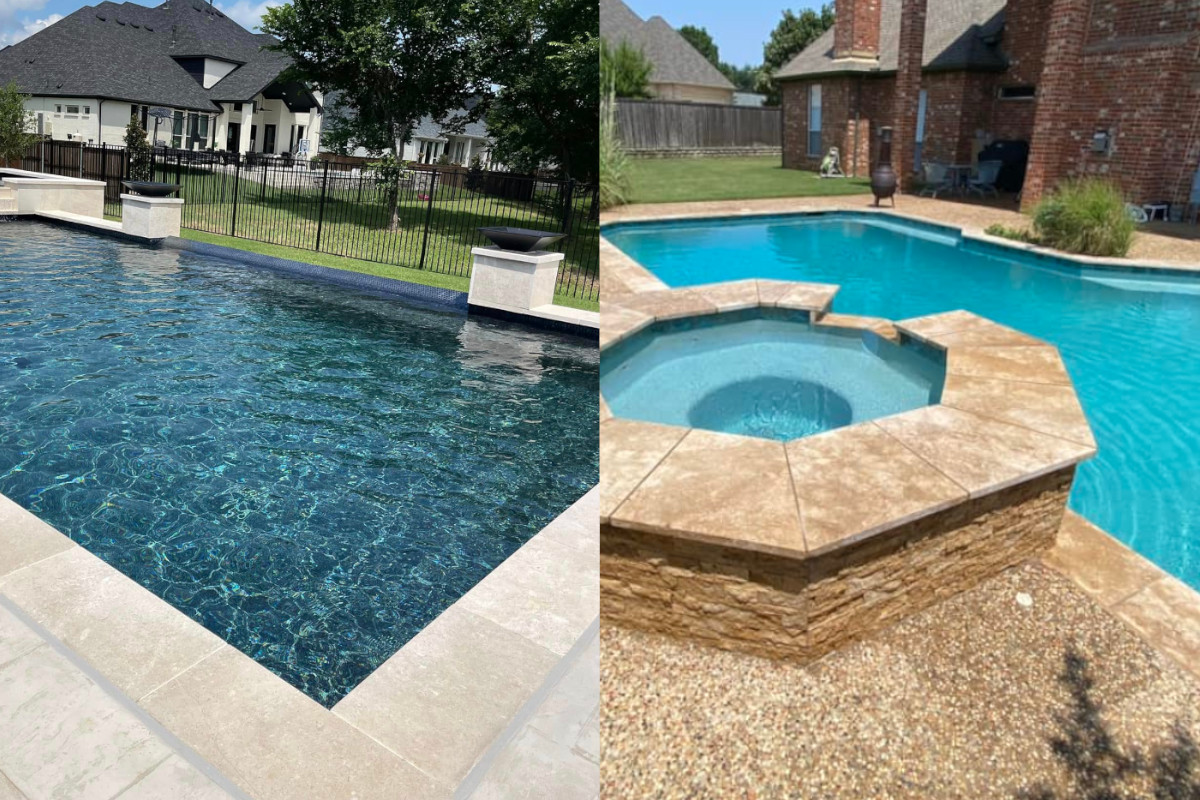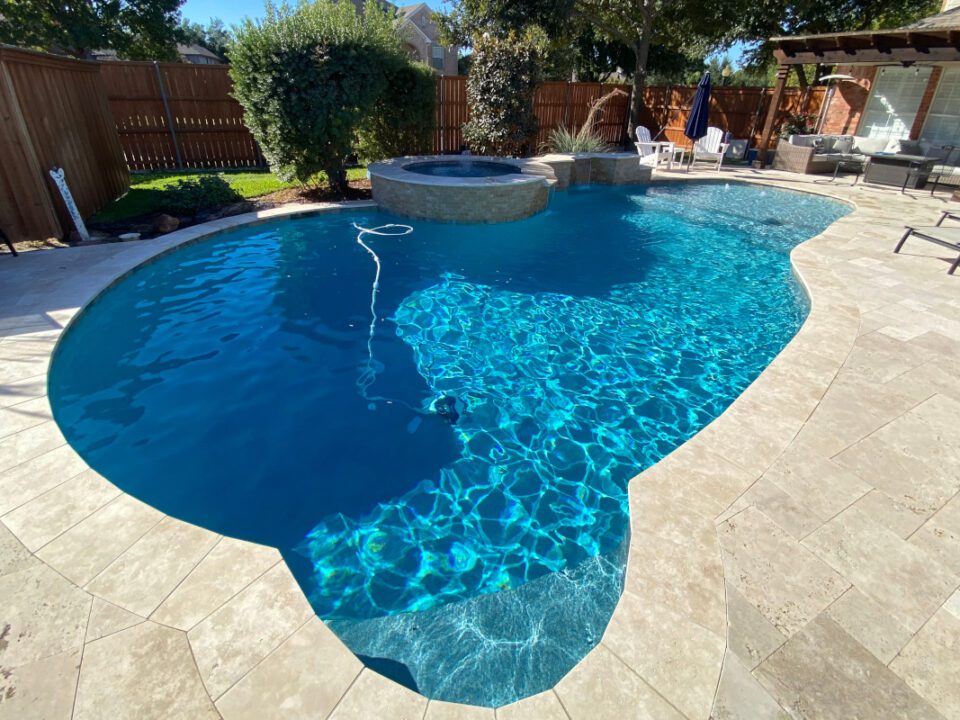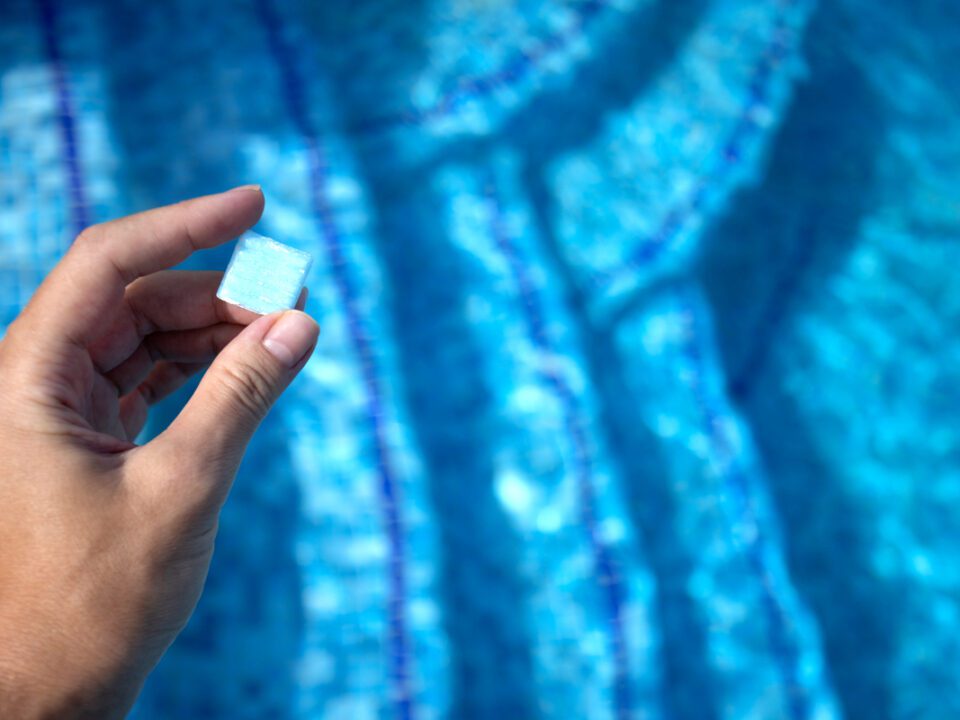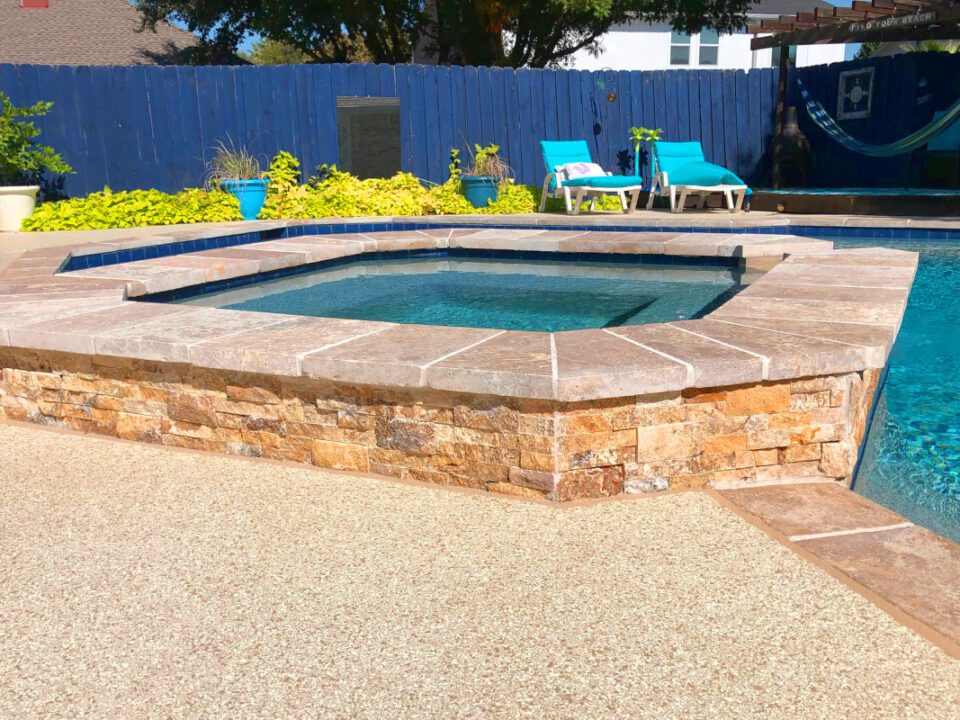Warm, Warmer, Hottest: How Pool Plaster Color Can Affect Your Pool’s Water Temperature In North Texas

With summer pretty much here at the end of May, many local swimming pool owners here in the north Dallas area are getting their summertime backyard events all lined up.
For other pool owners, this time of year means getting prepped for a late season pool renovation or remodel project.
For those pool owners, there’s an endless amount of ways to upgrade your swimming pool experience.
From tile, coping, lighting and other features, getting a perfect, unique look for your pool can mean choosing any number of combinations to get things right.
Among those, pool plaster color can be one of the most pivotal items to select.
Pool plaster color and type may seem like something simple – pick a color that you may like but how it will affect your final pool experience is something that is almost always overlooked by pool owners, and not that simple.
Beyond the aesthetic value that pool plaster color offers (we’ll touch on this in a future post), it can potentially affect your swimming pool’s water temperature.
Overlooking this could mean your pool water temperature may not be to your liking (which you’ll have to adjust with other methods) after you wrap up your project.
Of course, this could be affected by the depth of your pool water and how much direct sunlight is cast on your pool in your backyard, but it’s still something to factor in when picking out your pool plaster color.
To help you out, below is a very simple summary of pool plaster colors and how (and why) they can affect your swimming pool water temperature.
Lighter Pool Plaster Colors = More Sunlight Reflection
If you opt for lighter pool plaster colors (whites and light greys/blues), the pool plaster can naturally reflect sunlight.
While you can do your own research as to why this is, lighter colors reflect more sunlight and less absorption occurs.
With less sunlight absorption, there can be less sunlight converted to heat — this ultimately means your pool water temperature can be less affected by sunlight.
Darker Colors = More Sunlight Absorption
If you opt for darker pool plaster colors, you’ll find that it may absorb more sunlight and convert it to heat.
This conversion to heat is passed onto your pool water, warming the temperature in the process.
Overall Effect Of Pool Plaster Color On Temperature Can Vary
While the above scenarios are generally true of lighter or darker pool plaster colors, the overall effect may not be overly dramatic.
Again, how deep your pool is and how much sunlight hits your pool throughout the day can change the way pool plaster color can affect your pool water temperature, so the difference in temperature may end up being marginal.
However, if it does end up affecting your pool water temperature it can mean you might need more support to keep your pool warm (commonly with a pool heater), if you opt for lighter plaster colors, so keep this in mind as well.
As you can tell, pool renovation projects are not as simple as they may seem to be on the surface.
Even a small change in pool plaster color can mean an unexpected outcome for your swimming pool experience — something not to be taken lightly.
That’s why it’s always best to run your ideas past an experienced local pool contractor – they may provide additional insights into your project you may overlook.



